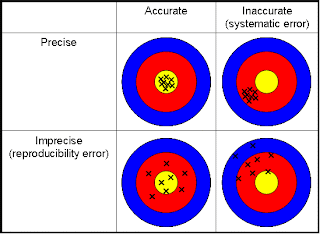Equipments used with taping
1) Plumb bob
- Used to ensure a horizontal reading is obtained .
2) Range poles
- painted alternately red and white .
- Used as upright guides when chaining or marking turning points .
Types of tapes : great variety exists :
1) According to the material :
- steel and steel alloy
- metallic or non-metallic
- polymers
- Invar
1) nickle - steel alloy .
2) with very low coefficient of thermal expansion .
3) Used for precise measurements .




















